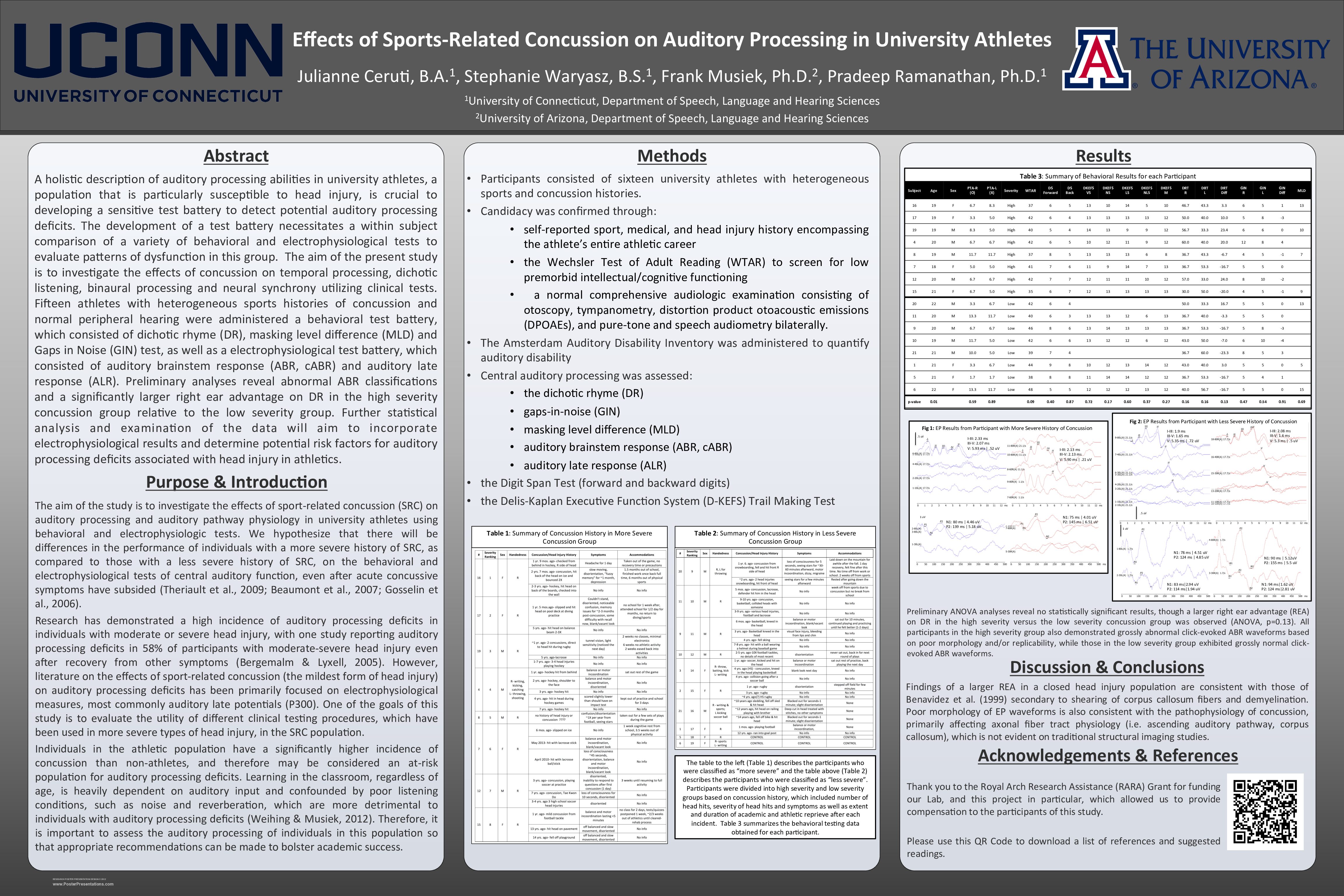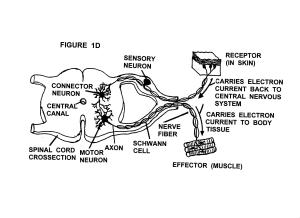HHTM Staff: Today’s post continues the discussion of Hansen’s disease, commonly known as leprosy, as part of HHTM’s Staff writings for infectious diseases series. Leprosy is caused by a secretive bacteria that strips itself down after plunging into the human body, where it takes up long-term residence as a parasite. It’s sneaky, disguising itself from the body’s autoimmune system for years, then emerging en mascarade as a variety of human ailments. It also refuses to live in lab cultures. Those characteristics make it hard to diagnose the disease clinically or study the parasite scientifically.
The effects of leprosy on the ear and hearing are not well known but we do known they exist. Likewise, the presence of leprosy is not well known in the US, even though 100-200 new cases are found each year. The World Health Organization (WHO) characterizes leprosy as a “neglected” but eradicable disease that has low mortality figures but a heavy toll on healthy years of life. That number is likely to increase as global travel increases to “exotic” locations where the disease is common and hundreds of thousands of new cases are found annually.
Last post left these questions hanging:
“How does the leprosy bacteria destroy without killing its human host?”
Is ear destruction limited to the outer ear cartilage or are peripheral portions of the hearing/balance cranial nerves at risk as well?
How Does It Do It?
It does it slowly, secretively and successfully. Once in the host body, the bacteria assumes a stripped-down, parasitic form and incubates for two to three years, on average. But, variability is huge. In some people, the incubation period is complete in six months; in others, it takes 40 years or more for the parasite to make its move. Pity the poor physician taking a history and trying to link current symptoms to something that happened silently decades before.
Post incubation, the bacteria swarm and multiply into trillions in the skin. As the bacterial bolus enlarges, nodules become visible. These are the “lepra” skin nodules described last post. Nerve damage results from the bacteria/parasite invading and destroying ubiquitous Schwann cells.
Schwann cells are everywhere outside the brain itself. They form the “glia” of the body, surrounding, supporting, protecting nerve cells and conducting nerve impulses in the peripheral nervous system to and from various organs, as shown in Figure 1 relative to the nervous system underlying the skin organ. Hence, lepra are commonly found on the outer ear skin.
More internally, and not associated with skin disorders, the senses of hearing and balance are not immune to the parasite’s effects, which addresses the second question posed above. That’s because the eighth cranial nerve (CN VIII, aka vestibulocochlear nerve) is encased in Schwann cells for about 1 mm before its enter the the central nervous system of the brain.
Mysterious Mechanism of Destruction
The mechanism of destruction in leprosy remains unknown, despite its 20 million years on earth. But, finally, that may be changing.
Scientists have demonstrated that Hansen’s has characteristics of an autoimmune disease. The severe and irreversible peripheral nerve damage in advanced cases is accompanied by a heightened cellular immune response. That suggests that T “helper” cells (type-1) play an important role in autoimmune reaction to the bacillus (Spierings et al., 2000).
New research, elegantly written, illustrated (Figure 2), and reviewed, suggests that the leprosy bacteria destroys Schwann cells by “hijacking” them, reprogramming them into stem cells, and then riding those cells to migrate into other parts of the body, right under the nose of the immune system (Misaki, 2013; Wegner, 2013). Finally, there is evidence to show how this bacteria disguises itself for so long, manifests differently and at different times in its various hosts, and insidiously destroys bodily system.
The Voldemort of Diseases
Hansen’s disease is like Invasion of the Body Snatchers meets Harry Potter’s Cloak of Invisibility. And to think that this evil little bacteria came up with the plot 20 million years ago and still hasn’t been thwarted. The truth really is stranger, and more sinister, than fiction.
Future posts review ways in which societies, healers, and science have tried to identify and thwart leprosy through the ages. The disease can be cured nowadays, but only if it is detected and treated at an early stage. As the discussion so far makes clear, that’s easier said than done because it’s so challenging to identify the disease during incubation or early stages.
But, knowledge, awareness, and modern medicine have convened and produced groups of humans with the disease who can be studied as well as treated in systematic ways. In this modern milieu, the secrets of leprosy are being uncovered, including its effects on hearing and balance.
Featured Image from Craftsy
Masaki, T., et al. (2013). Reprogramming Adult Schwann Cells to Stem Cell-like Cells by Leprosy Bacilli Promotes Dissemination of Infection. Cell, 152: 51–67. DOI: 10.1016/j.cell.2012.12.014
Wegner, M. Mighty Bugs: Leprosy Bacteria Turn Schwann Cells into Stem Cells. Cell, 152(1–2) 17 January 2013, pp 15-16.
diagrams courtesy of rifeenergymedicine and Misaki et al (2013); feature photo courtesy of wallpaperez









